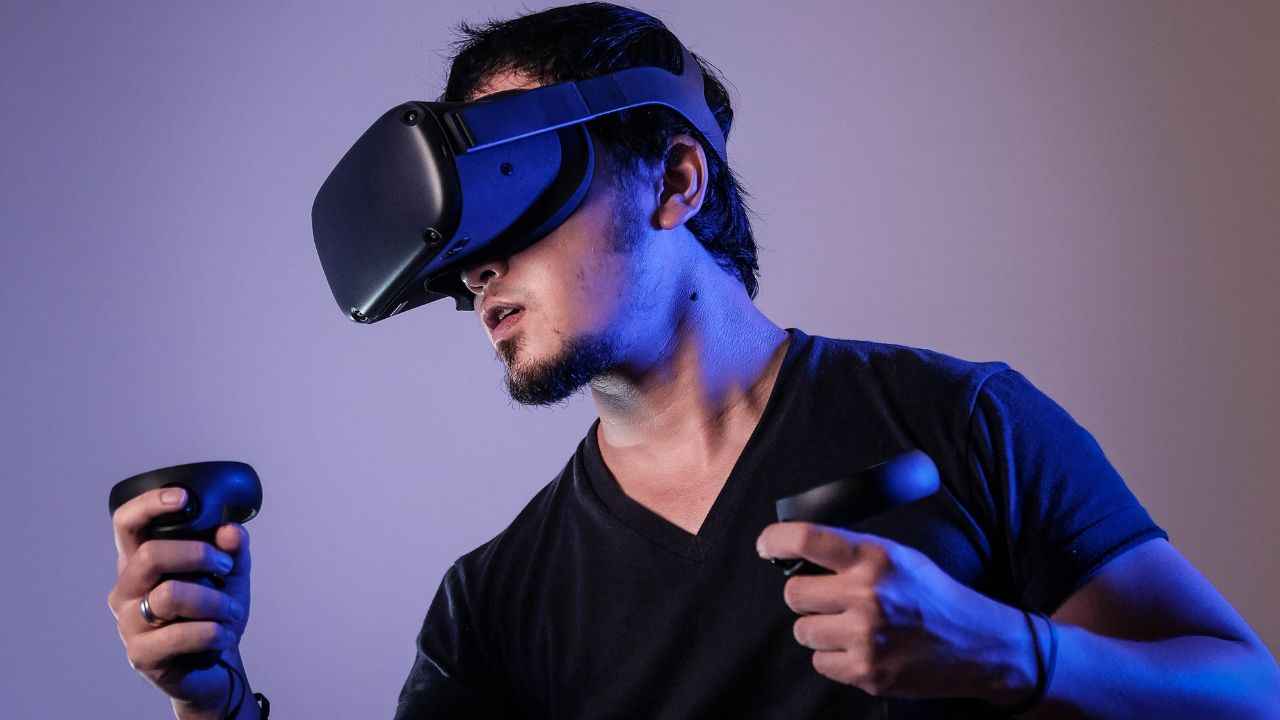Despite Apple Vision Pro reveal, mixed reality won’t yet become mainstream
Apple Vision Pro marks the tech giant's entry into the VR/AR space, serving as a platform for spatial computing
Vision Pro offers some unique and impressive features, it also comes with significant hurdles to its mainstream adoption
So what will make VR mainstream?

Many a year since the first mainstream virtual reality (VR) head-mounted display (HMD) was announced, have been declared the “Year of VR”. Even when the metaverse trend picked up right in the middle of the pandemic, we had another spurt of analysts raving about VR coming to every home. However, that never happened. And for good reason.
 Survey
SurveyA decent HMD with a good resolution and smooth frame rate was far from being accessible. Having been on the backfoot with each “Year of VR” turning out to be a dud, analysts often would quip that Apple would lead the way. That the year Apple came out with their VR HMD would cause the world to follow suit, and that too quickly. That has finally happened, but will the others follow?
Let’s have a look at the new kid on the block. With its sleek design and high-tech features, the Apple Vision Pro marks the tech giant's entry into the VR/AR space, serving as a platform for spatial computing. The headset is equipped with a host of advanced technologies, including an array of infrared cameras, LED illuminators, a LiDAR scanner, six microphones, TrueDepth cameras, and two more sets of cameras facing downwards and sideways.
These features enable users to perceive the world clearly, understand their environment, and detect hand input. The Vision Pro's audio is delivered via a pair of speakers positioned near the user's ears, providing a Spatial Audio experience that enhances immersion.
The Vision Pro's display technology is remarkable, with a pair of micro-OLED displays housing 23 million pixels each. This technology effectively transforms each display into a 4K TV, facilitating the user's ability to see their surroundings as well as the augmented overlays with high clarity.
Also Read: Twitter reacts with laughs to Apple’s Vision Pro headset shown at WWDC23
The headset also features a digital crown that allows users to access the Home View and adjust the level of immersion when in VR. All of these features are powered by an M2 chip and a new R1 chip, which allows real-time sensor processing and minimised latency of up to 12 milliseconds.
The Vision Pro operates without a controller, relying instead on eye, hand, and voice controls for navigation, selection, and dictation. This approach represents a departure from the traditional controller-based navigation systems of many VR/AR devices and could require users to adapt to a new way of interfacing with technology. While this may be an exciting prospect for some, it could also be a deterrent for others who prefer more conventional input methods.
The Vision Pro runs on Apple's first "spatial operating system" known as visionOS, which is designed to feel like iOS. This means that users will be able to open multiple augmented windows and mirror what they're running on their Mac, potentially replacing a desk full of laptops. For entertainment, the device supports Apple TV content, select Apple Arcade games, and thousands of iPhone and iPadOS apps.
Despite these impressive features, there are some aspects of the Vision Pro that may prove to be barriers to its widespread adoption. For instance, the device comes with a steep price tag of $3,499, which may limit its accessibility to a broader audience. Also, it’s an Apple device so you’re relegated to the Apple ecosystem with the all too familiar Apple tax.
While the Vision Pro offers some unique and impressive features, it also comes with significant hurdles to its mainstream adoption. The high price point, potential accessibility issues, and the requirement to adapt to a new method of control may limit its appeal to a wider audience. Furthermore, it remains to be seen whether the applications and experiences offered by the Vision Pro will be compelling enough to justify the investment for most consumers.
Also Read: Apple’s Vision Pro headset uses your eyes in three amazingly new ways
Until these issues are addressed, it seems unlikely that the Vision Pro will make VR/AR/MR mainstream in the near future. Will Android come to the rescue? There have been cheap VR alternatives. Remember the Google Cardboard and Google VR? They never picked up either.
So what will make VR mainstream? The ecosystem has been around for a while and the barrier for entry has also been low but the experience was … well, nauseating. Apple might have changed that last aspect but it’s far from having a busy ecosystem. So while Apple's foray into the VR/AR/MR space is noteworthy and could potentially drive further innovation in the industry, the mainstream adoption of these technologies may still be some years away. The Vision Pro is a step forward, but it may not yet be the game-changer that pushes VR/AR/MR into the hands of the average consumer.
Mithun Mohandas
Mithun Mohandas is an Indian technology journalist with 14 years of experience covering consumer technology. He is currently employed at Digit in the capacity of a Managing Editor. Mithun has a background in Computer Engineering and was an active member of the IEEE during his college days. He has a penchant for digging deep into unravelling what makes a device tick. If there's a transistor in it, Mithun's probably going to rip it apart till he finds it. At Digit, he covers processors, graphics cards, storage media, displays and networking devices aside from anything developer related. As an avid PC gamer, he prefers RTS and FPS titles, and can be quite competitive in a race to the finish line. He only gets consoles for the exclusives. He can be seen playing Valorant, World of Tanks, HITMAN and the occasional Age of Empires or being the voice behind hundreds of Digit videos. View Full Profile
